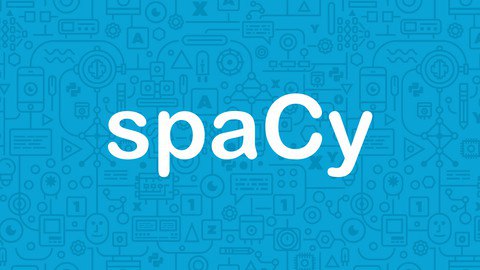
Kick start your Data Science career with NLP. This course is about Spacy. NLTK is not taught in this course.
What you will learn
Complete Spacy Lesson
Introduction to NLP
Tokenization in Spacy
NER and Dependency Parsing
Regular Expression
Emoji Detection for Sentiment Analysis
Description
Hi There,
Please take this course only if you have an introductory knowledge of Machine Learning and Python.
This course is all about SpaCy. Spacy is fast and easy to use than NLTK. It is one of the fundamental building blocks of today’s modern NLP. SpaCy is an open-source software library for advanced natural language processing, written in the programming languages Python and Cython. The library is published under the MIT license and its main developers are Matthew Honnibal and Ines Montani, the founders of the software company Explosion.
Get things done
SpaCy is designed to help you do real work — to build real products or gather real insights. The library respects your time and tries to avoid wasting it. It’s easy to install, and its API is simple and productive. We like to think of spaCy as the Ruby on Rails of Natural Language Processing.
Blazing fast
SpaCy excels at large-scale information extraction tasks. It’s written from the ground up in carefully memory-managed Cython. Independent research in 2015 found spaCy to be the fastest in the world. If your application needs to process entire web dumps, spaCy is the library you want to be using.
Deep learning
spaCy is the best way to prepare the text for deep learning. It interoperates seamlessly with TensorFlow, PyTorch, scikit-learn, Gensim, and the rest of Python’s awesome AI ecosystem. With spaCy, you can easily construct linguistically sophisticated statistical models for a variety of NLP problems.
Features
- Non-destructive tokenization
- Named entity recognition
- Support for 59+ languages
- 46 statistical models for 16 languages
- Pretrained word vectors
- State-of-the-art speed
- Easy deep learning integration
- Part-of-speech tagging
- Labeled dependency parsing
- Syntax-driven sentence segmentation
- Built-in visualizers for syntax and NER
- Convenient string-to-hash mapping
- Export to NumPy data arrays
- Efficient binary serialization
- Easy model packaging and deployment
- Robust, rigorously evaluated accuracy
- And so much more.
Content